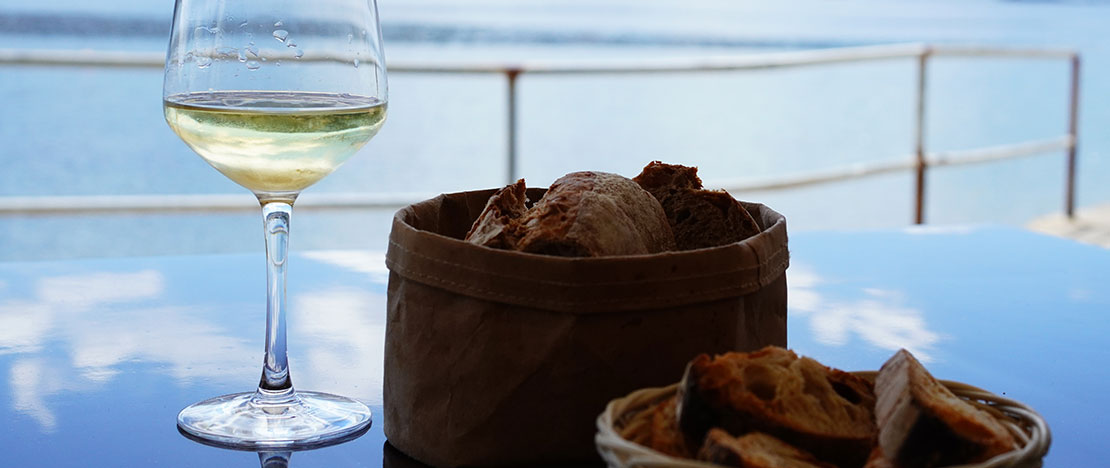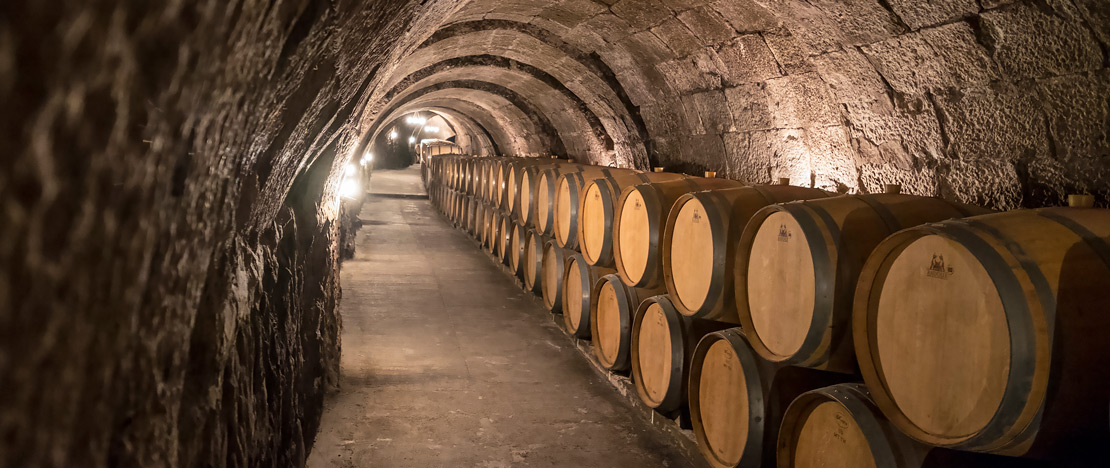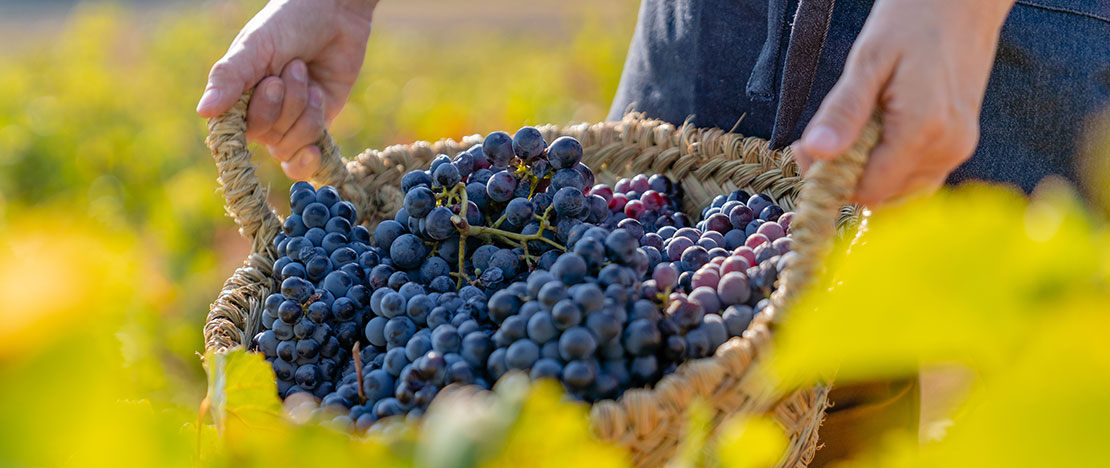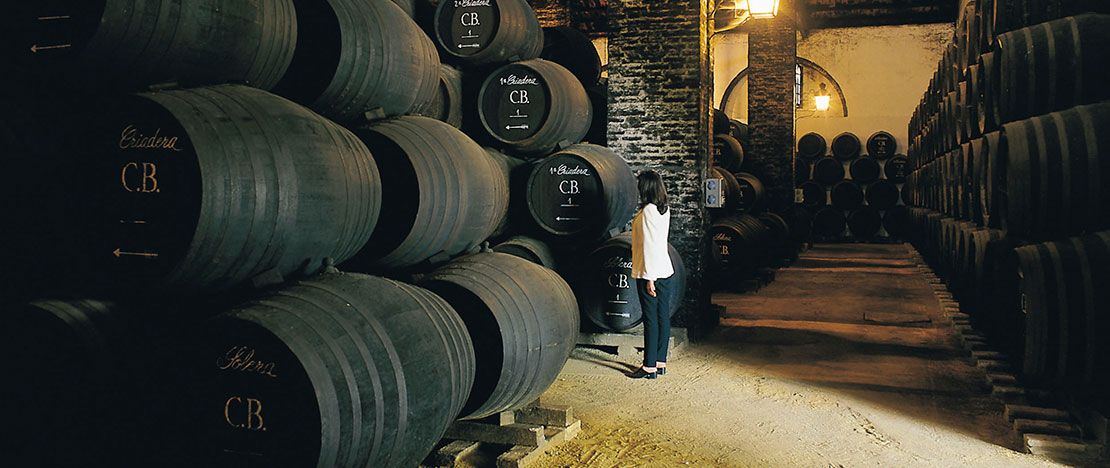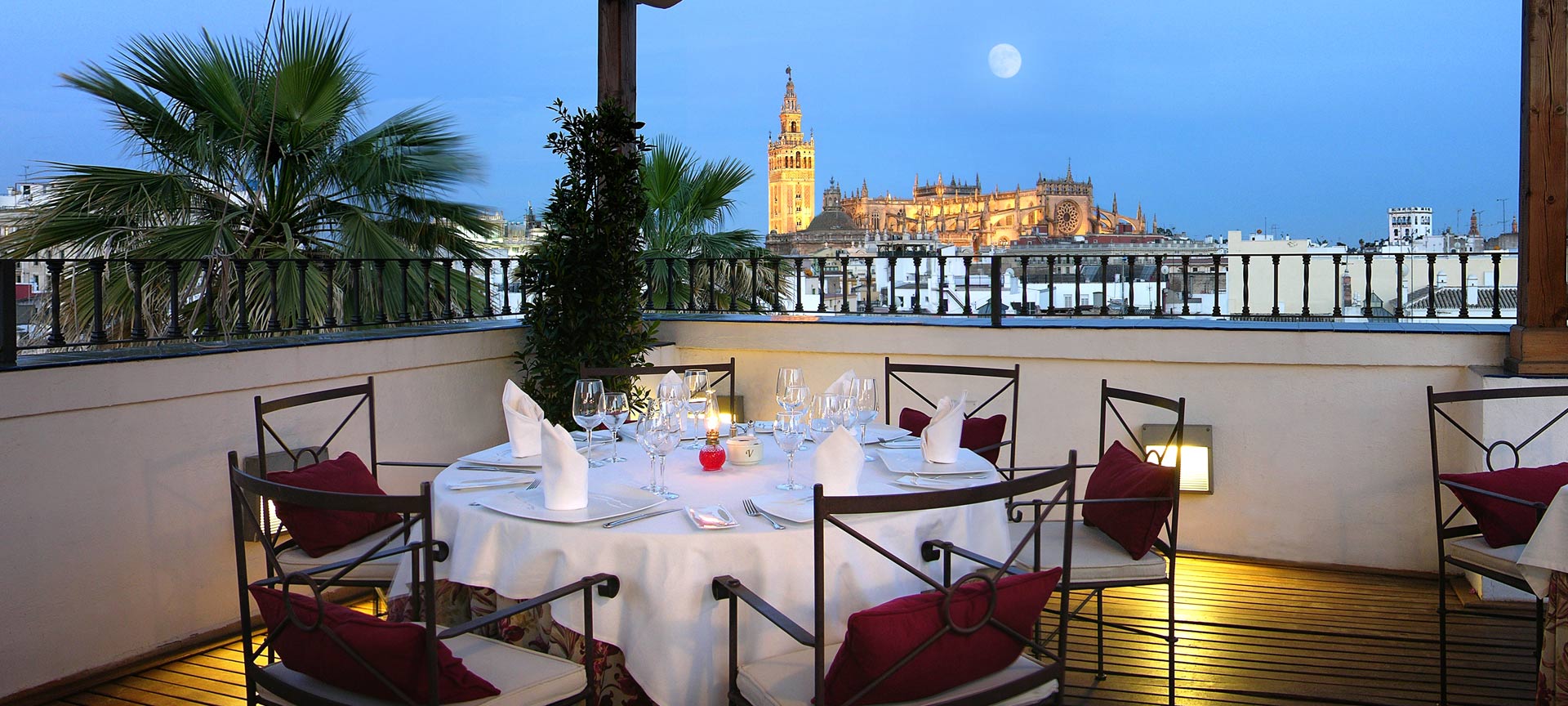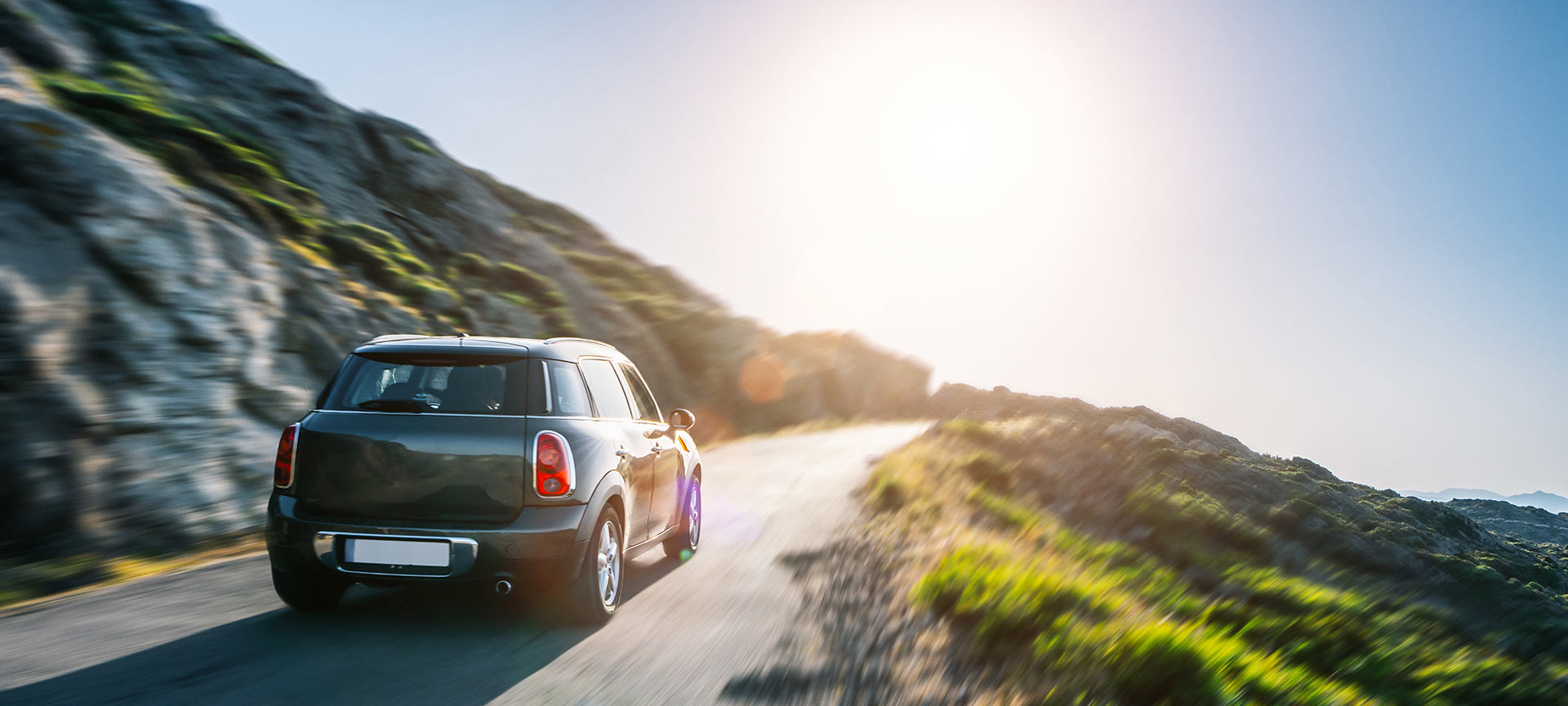
Accessible wine tourism on Spain's Wine Routes
Accessible wine tourism is a reality in Spain. The Spanish Association of Wine Cities (ACEVIN) has been expanding its offer of adapted Wine Routes, so that anyone can enjoy wine culture.Would you like to sample wines from the very best Designations of Origin in Galicia, Castile and Leon, La Rioja, the Basque Country, Navarre, Aragón, Cataluña, the Region of Valencia, Murcia, Andalucía or Extremadura? Get ready to visit charming wineries, sleep among the vineyards and learn the perfect wine pairings to make the most of the local gastronomy. All of this in optimal conditions of universal accessibility to discover the natural and historical heritage of these areas.
Debe activar Javascript para poder utilizar este servicio
-
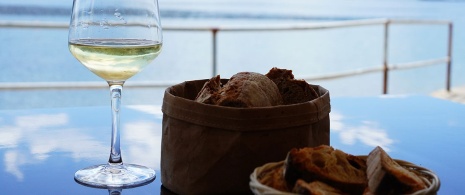
Galicia and its Albariño white wine
The Rías Baixas Wine Route, next to the Atlantic Ocean, boasts green and blue landscapes and, naturally, its popular Albariño white wine. This territory comprises four areas (Salnés, O Rosal, Condado do Tea and Ribeira do Ulla), each with its own identity and attractive tourist options.Some 15 establishments along the route are accredited as accessible. Most of them are concentrated in the Salnés region, a place of wine production, with a seafaring and stately atmosphere, located between the Arousa and Pontevedra estuaries. Next to the river Miño, the most important river in Galicia, is the municipality of O Rosal, with interesting natural spaces.To contemplate the beauty of the pazos, a symbol of Galician architecture, it is a good idea to visit Ribeira do Ulla, the area closest to the capital, Santiago de Compostela. And in Condado do Tea, near the border with Portugal, you can visit the Viño e a Lamprea visitor centre “Arabo”.
-
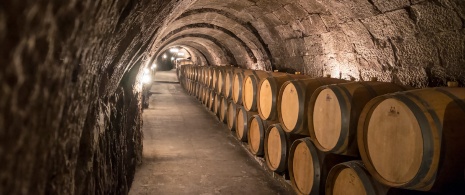
Toast on the banks of the Duero River in Castile and León
The Ribera del Duero wine route is one of the most extensive in Spain as it covers four provinces (Burgos, Segovia, Soria and Valladolid), meaning the region's vineyards produce thousands of bottles of wine every year. During your visit you will be able to choose from a large number of wineries, hotels, rural houses, restaurants, wine shops, wine museums and interpretation centres about the landscape of the area, its wine and its traditions.All the resources catalogued as accessible have been visited by experts to analyse their physical accessibility conditions in different areas: parking; access; mobility within the resource; adapted toilet; accessible room and visual, hearing and cognitive accessibility, among others. The Monastery of Santa María de Valbuena, the Museum of Aromas or the Provincial Wine Museum, located in the hugely impressive Castillo de Peñafiel, are just some examples.Another of the region's outstanding wine routes – and one that happens to have excellent accessibility – is the Rueda Wine Route, on the left bank of the Duero River, lying between the provinces of Valladolid and Ávila. Thirteen historically rich municipalities whose relationship with wine dates back to the 11th century await you there. This is a privileged area for the cultivation of vines, especially for the native Verdejo grape.
-

Navarre, Basque Country, La Rioja and Aragon, wineries where you can experience wine
On the Navarra Wine Route, the vineyards are surrounded by fields of fruit, vegetables, cereals and olive trees. The landscape is so diverse that it includes forests, the desert of the Las Bardenas Reales and the mountains of Valdorba. Many wineries offer inclusive visits and experiences with audio guides, pictograms, high-contrast colour signage, access adapted for people with reduced mobility and wines labelled in Braille. In addition, the Navarra Designation of Origin has published an easy-to-read introductory guide to Navarra wines, a perfect complement to your visit to any of these wineries.Both the Rioja Alavesa wine route and the Rioja Alta, both of which are crossed by the river Ebro, are equally outstanding in terms of accessibility. Discover the cultural and architectural heritage of its medieval villages, castles and monasteries and, of course, its excellent red wine. On both routes you can enjoy cultural activities related to wine and gastronomy all year round, as well as accommodation with spas in towns such as Laguardia, where you can relax and unwind.If you travel to the province of Zaragoza, on the Garnacha – Campo de Borja wine route, you can take in the magnificent natural environment in which, in addition to the Garnacha grape that gives the region its name, you can find other varieties such as Cabernet, Merlot, Tempranillo and Syrah. A mixture of Arab, Jewish and Christian cultural heritage survives in its villages and many writers and musicians have found inspiration for their works in this land.
-
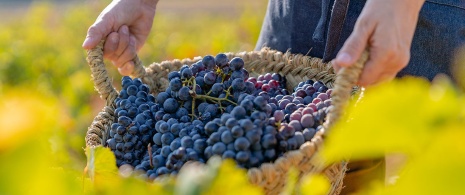
Food and wine pairings without barriers in the Mediterranean
From the north to the south of the Spanish Mediterranean coast, you will be able to enjoy very different territories and pairings, but united by a common purpose: Accessible wine tourism. The Penedès wine route, in the Barcelona and the Tarragona, offers the opportunity to get to know and taste another sublime drink: cava. Get ready to discover a unique landscape dotted with masías (traditional Catalan country houses). Elsewhere, the Utiel-Requena wine route, in Valencia, is distinguished by its fruity wines and a wine-making tradition that dates back to the 7th century BC. You will enjoy medieval architecture, archaeological sites, underground galleries, walled enclosures, Mudéjar neighbourhoods and architecture, and traditional festivals such as the Grape Harvest Festival in Requena.The Jumilla wine route in Murcia, as well as being famous for its wines made from the Monastrell grape, will captivate you with an artistic legacy that brings together all the civilisations of the Mediterranean. Be sure to catch Easter Week, the Grape Harvest Festival, or the Moors and Christians Festival to explore local traditions.
-
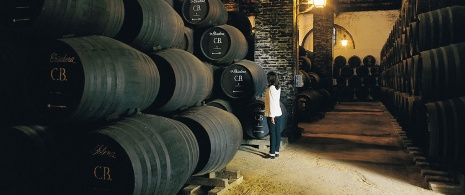
Andalusia and Extremadura, southern wines, heritage and tapas
Accessibility extends to the wine routes in southern Spain. In the region of Extremadura you have the Ribera del Guadiana wine route, in the province of Badajoz. One of its most accessible spaces is the Wine Science Museum, a visit to which will allow you to discover the secrets of the region’s wines. You should also take the opportunity to savour the region's superb gastronomy, with designations of origin such as Dehesa de Extremadura Iberian ham, beef and lamb.In neighbouring Andalusia, the Montilla-Moriles wine route, in Cordoba, is another perfect excuse to treat yourself to another gastronomic treat. Try pairing their excellent natural wines with typical Spanish tapas in places such as Lucena, Puente Genil, or the city of Córdoba itself. And of course no visit would be complete without visiting its impressive monument ensemble awarded the World Heritage designation by UNESCO, most notably the Mosque-Cathedral.
If you would like to find out more about accessible establishments and other experiences and services related to wine culture, please consult the Guide to Wine Routes in Spain Accessible to Everyone.

